Julie Thomas-Toda is curious about film
craft, and how it differs from market to market – so curious, she’s bringing
together a stellar panel of female directors to speak at ADFEST 2019 next week.
Karina Taira, a film director,
fashion and beauty photographer based between Paris and Milan; Sling Ng,
Director at Directors Think Tank in Malaysia, and Aki Mizutani, Director & Editor
at Cutters Tokyo will all join Thomas-Toda on stage
next Wednesday.
Thomas-Toda is Creative Producer at AOI
Pro. Inc. in Tokyo and you may remember she presented one of ADFEST’s most
popular sessions in 2018: an on-stage conversation with the legendary Korean
director Joseph Kahn.
Tell us about the directors you're bringing together for your panel discussion at ADFEST. What makes them so insightful?
All three of the directors that I will be
speaking with originally began their film careers very differently. Karina
started her career as a fashion photographer. Sling was an Art Director at an
ad agency, and Aki was a creative editor.
Now, they are successfully working as
directors in Asia and internationally for a variety of distinctly different
markets and clients. I was curious to know in what ways their film craft and
aesthetic decisions as a director were influenced knowing that a particular ad
was for a specific market. Would their approach to filmmaking and storytelling
be adapted to appeal to the culture of the audience?
How did you get the idea for this panel discussion?
Have you ever sat watching TV and suddenly
an ad comes on that looks nothing like all the other ads? Maybe it was the
framing and composition or the color tone, etc. You can't quite pinpoint exactly why, but for some reason it doesn't
quite align with the general aesthetic tenets of everything else that you see
on TV.
Whatever the reason, however small the
noticeable differences might be, you feel that it must have been made by a
foreign filmmaker.
Karina gave an interesting example of how
she worked on two different chocolate ads, for two different countries, one
after the other. Both required a woman
to be eating chocolate. How the women
were shown eating the chocolate varied greatly, as guided by the norms of their
intended market. From the choice of cast and their performance, to camera work
and lensing, to wardrobe, production design, edit, to music, color and
saturation levels, etc. The idea as a
storyboard was similar, and yet the end result was so very different.
So, my big question for them asks: do the
visual aesthetics, production techniques, and rules of filmmaking decisions
transcend cultural and national differences? Is there even such a thing as a universal look to an ad?
Do you think film craft in Japan is different to other markets in Asia?
I think that in the past, the differences in
film craft were much more pronounced. Very often a client or creative team would specifically say that they
wanted a "foreign" or "European" look to the film. What that meant exactly is difficult to put
in a few short sentences. Some people
will not agree with me, but in my opinion, Japanese ads have the tendency to
give the impression of appearing flat.
Specifically the depth of field, everything evenly lit, no dark shadows,
the camera locked. It is very 2
dimensional, reminding me of the MANGA culture that we have here.
There is also the 15-second ad, which
dominates TV advertising in Japan. Every
shot needs to invoke quick understanding by the viewer similar to jumping to
the next frame in a manga magazine. So, I do feel that the manga culture has
influenced how stories have been told here.
Are
there other differences you’ve observed in 27-years living in Japan?
Interestingly, here is another thing to
think about. You know how Japanese people BOW to each other? It's not a
handshake or hug or kiss on the cheek like you would see in America or many
European countries. There is a distinct distance that is kept between two
people. Growing up culturally with that distance between people, without a
doubt, naturally affects how you approach filmmaking, craft, and storytelling.
It influences how a director frames / composes a shot or the way two people
interact with each other. It is a very different approach to storytelling.
There is also possibly the factor of
GENETICS. For example, a light-eyed person
will perceive color very differently from a dark-eyed person. For a light-eyed
person, bright colors or the sunlight may hurt their eyes. So when a film is
lite or color-corrected, it tends to look like the world that they see and find
pleasing through their own eyes. Scientifically I don't know if this is true,
but Japanese ads all seem to have the same color tone, whereas when working
with a foreign DOP or colorist for a Japanese ad, the films really stood
out.
Another aspect is ENVIRONMENT. Japanese are often born and raised under a
central KINO-FLO light, everything is bright in their homes. On the other hand, Europeans have lamps in
corners of rooms, so there are dark areas. This is reflective in their approach to filmmaking. Europeans also tend to use more shadows,
muted colors, whereas, the Japanese tend to like everything bright and well
lit. I can continue with many more
examples, but at least these give you a few differences to think about.
Comparing ads across Asia, Japanese ads are
not as emotional or have family-themed storylines as ads for example from
Malaysia or Thailand.
It is important to consider that as we
become more globally connected through the internet, these differences that I
mentioned above seem to occur less often. Filmmakers are being influenced now by films from all around the
world.
Your conversation with director Joseph Kahn was one of the most popular sessions at ADFEST 2018. What did you learn from your conversation with Joseph?
Never stop perfecting your film craft, and
if your heart is filled with passion, you can achieve anything. Joseph lives
and breathes this way, and it shows in his example from start to finish. Learning his back story and sharing his journey
inspires so many of us.
What was your favourite film (or film-related discovery) of 2018?
For feature films, I have two favorites,
"Roma" directed by Alfonso Cuarón and "Shoplifters"
directed by Hirokazu Kore-eda.
For adverts, it would be Nike "Nothing
Beats A Londoner" directed by Megaforce, and John Lewis & Partners +
Waitrose & Partners Ad – "Bohemian Rhapsody" directed by Dougal
Wilson.
· ‘Beyond Culture, What Influences Film Craft?’ takes place as part of the Craft@ADFEST stream on Wednesday 20th March, 4:50 – 5:25pm.
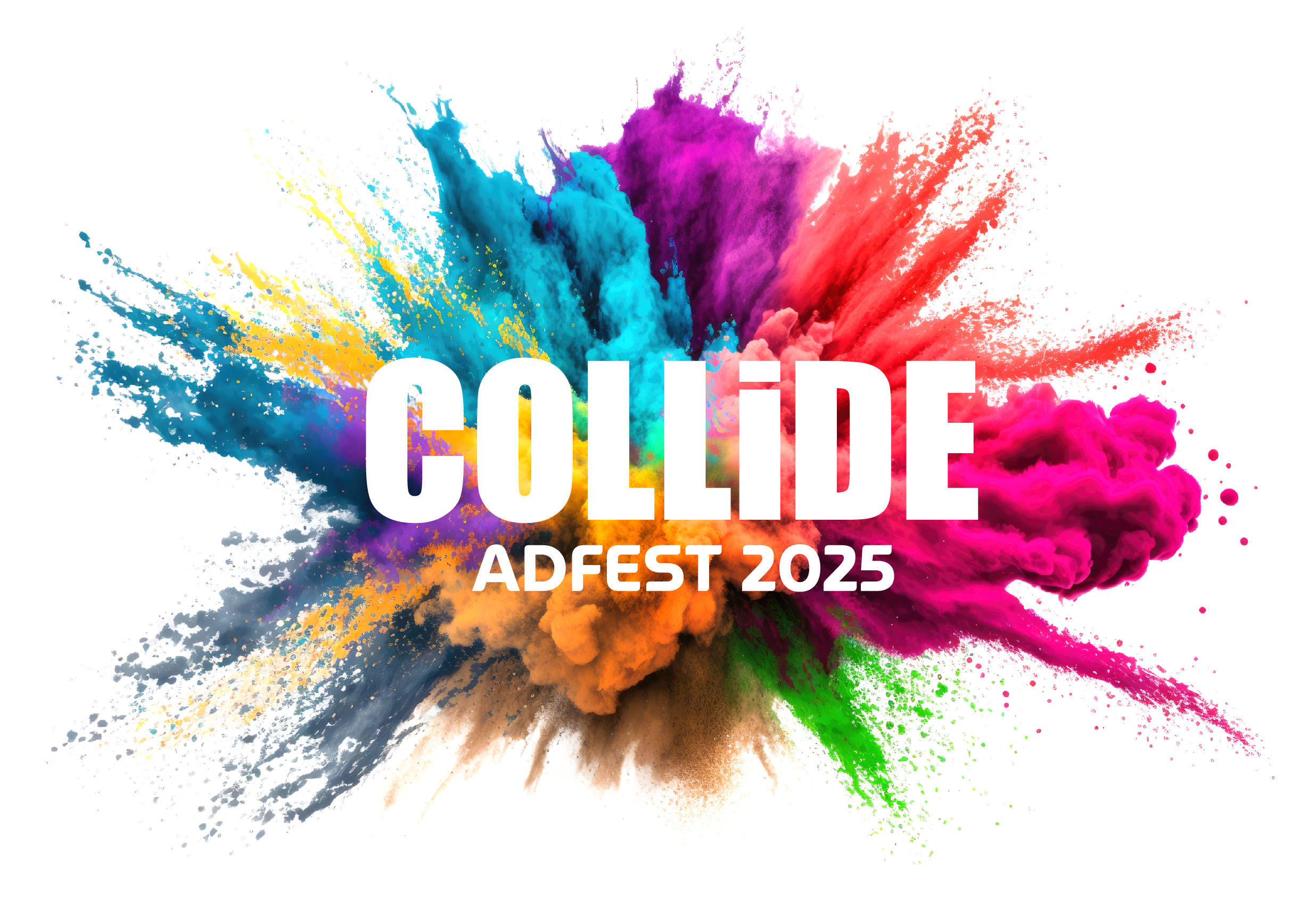





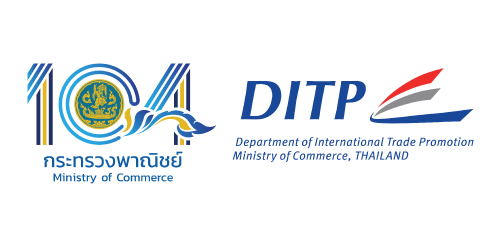
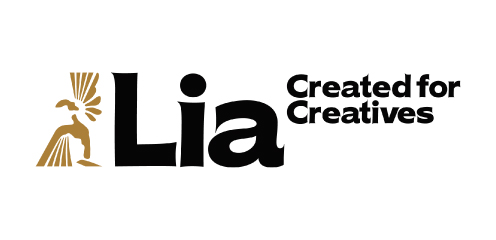
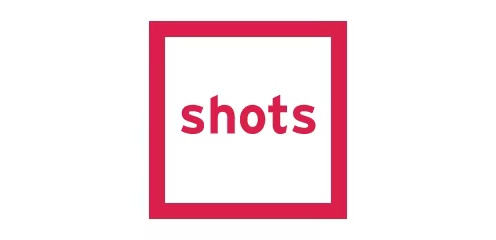
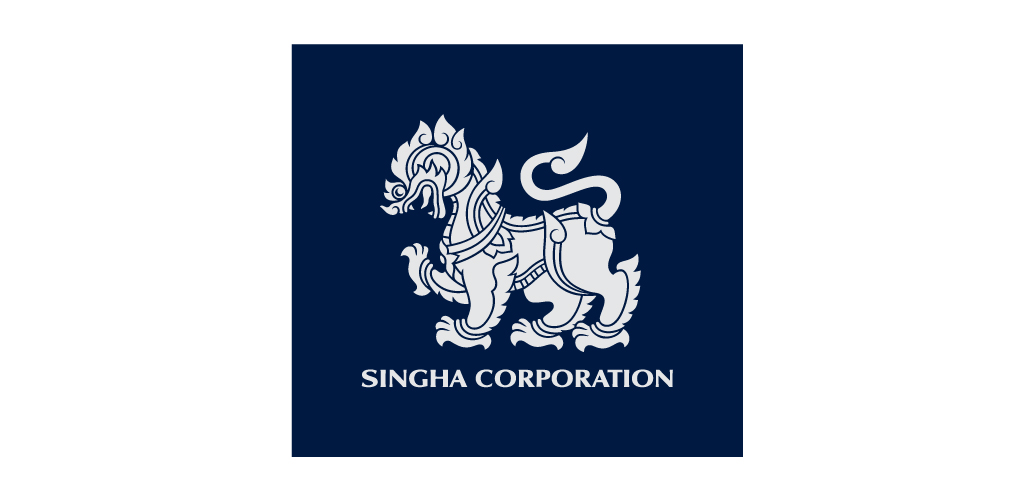
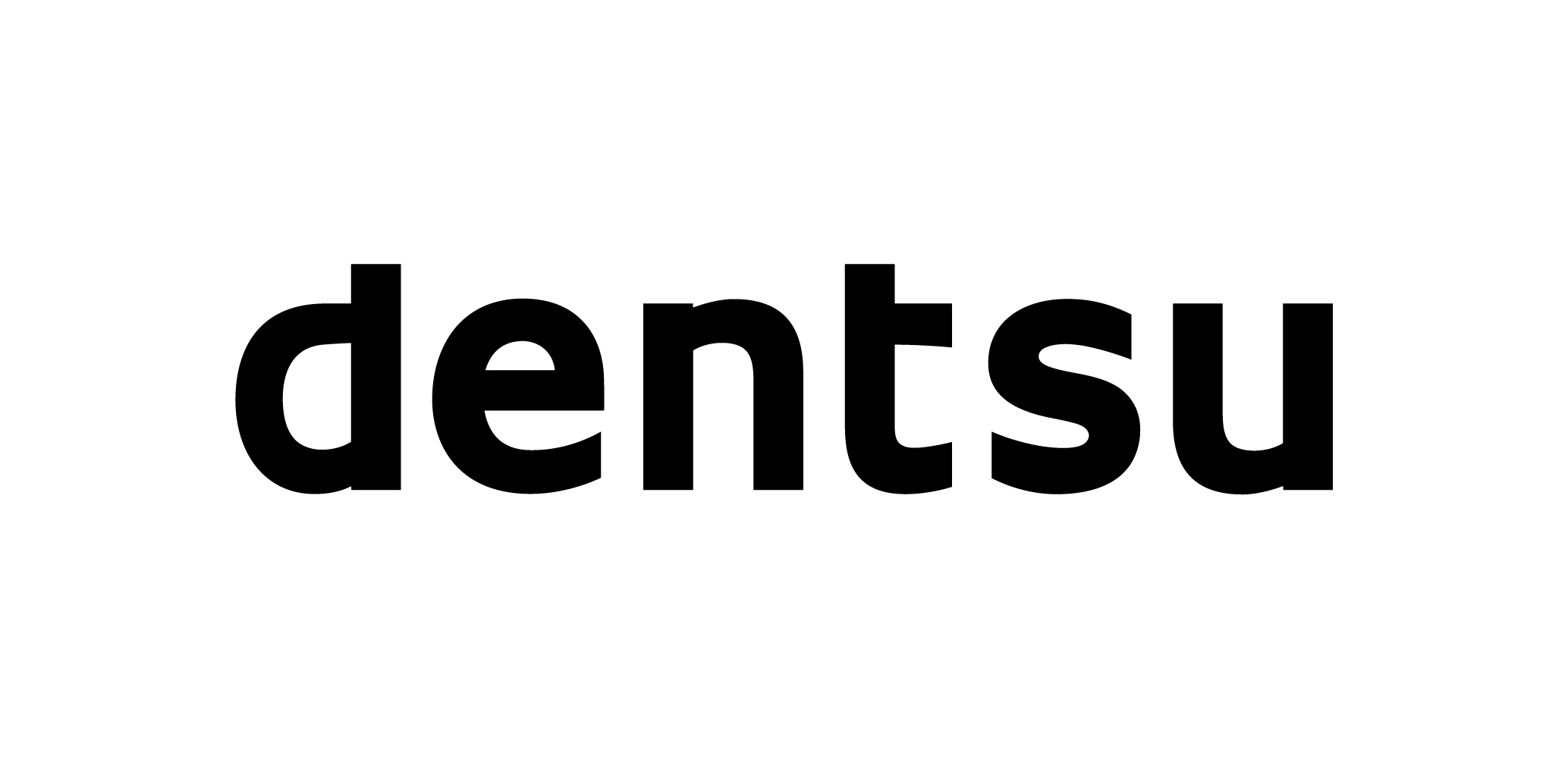
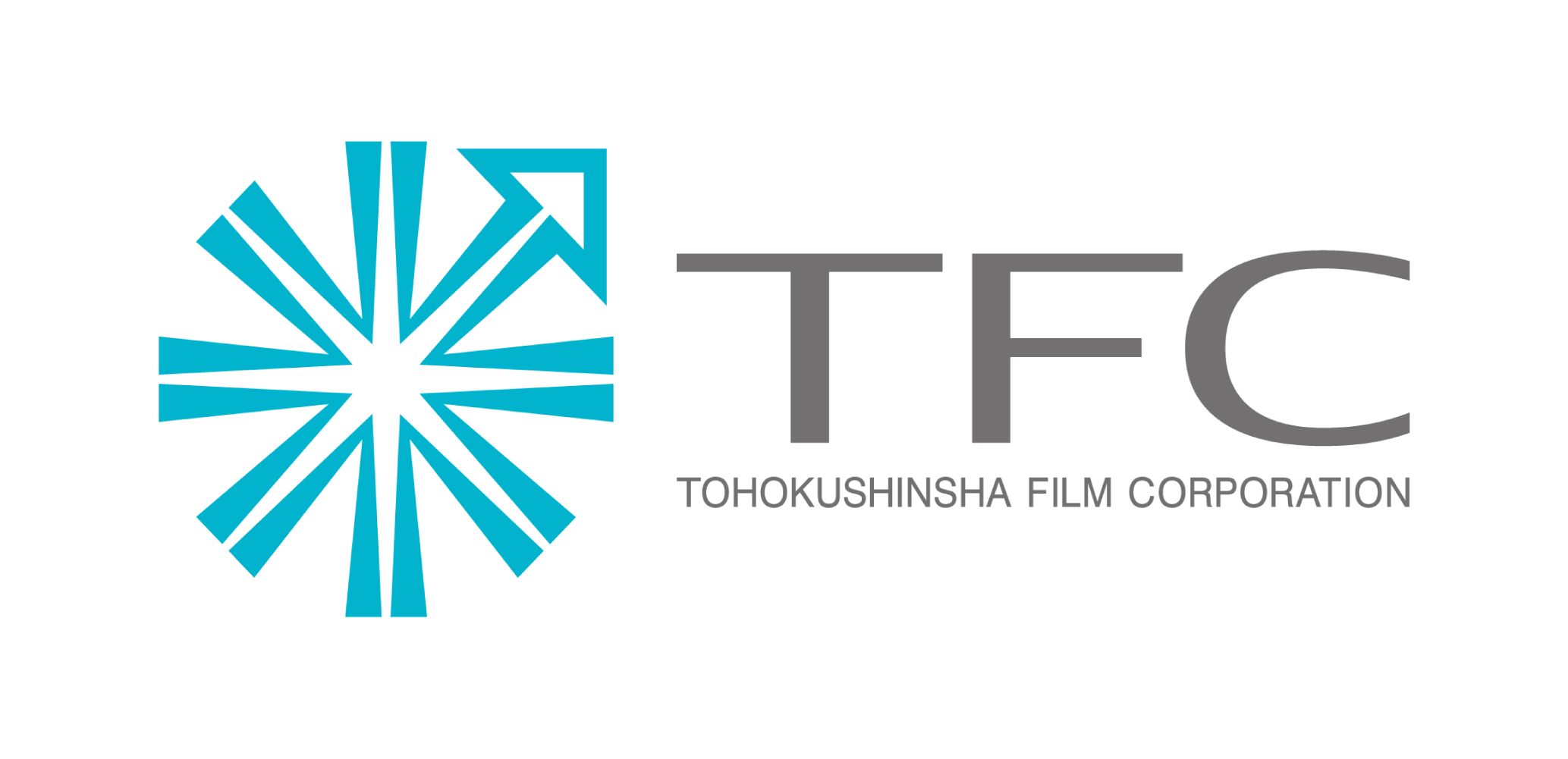
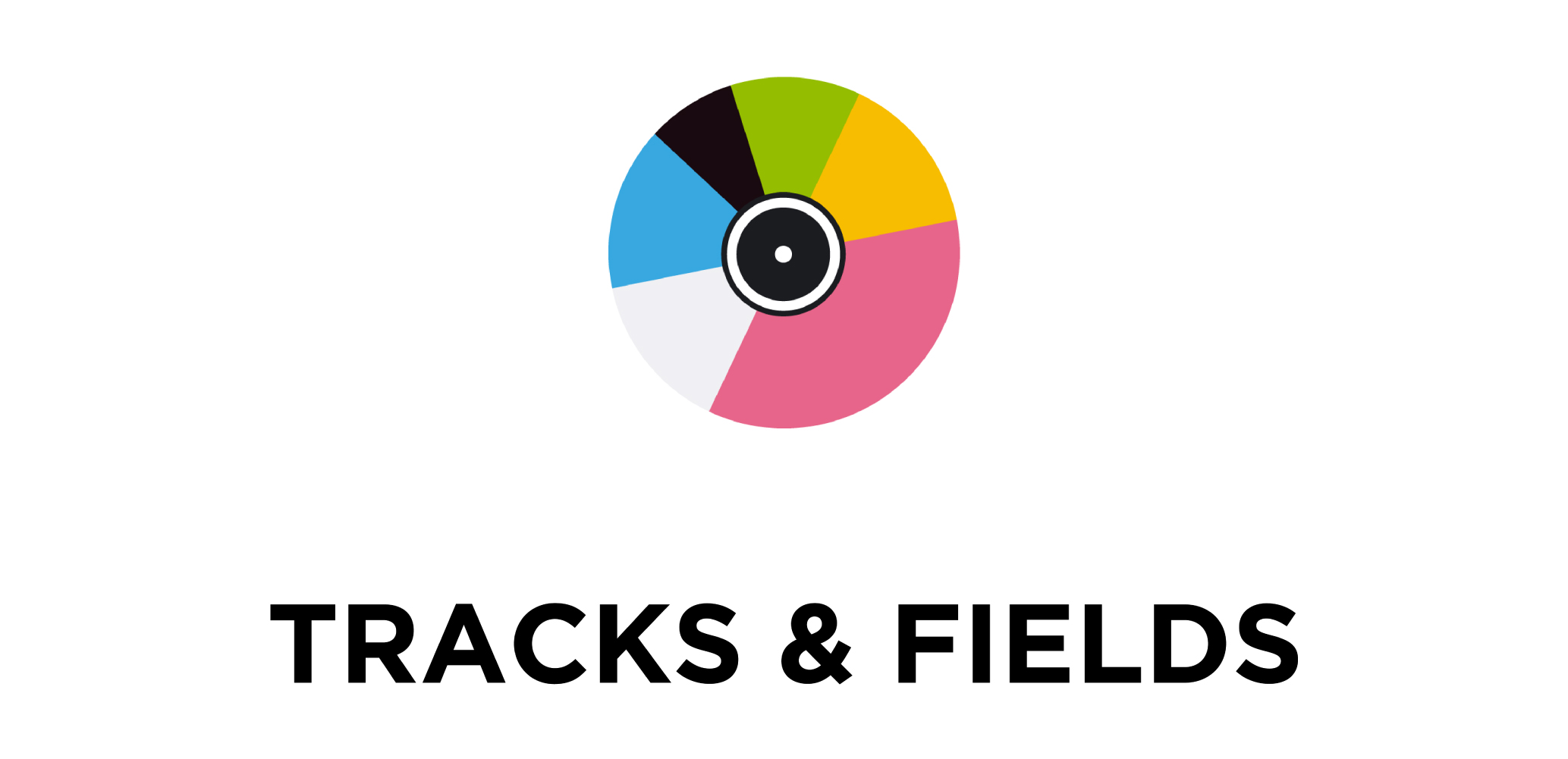
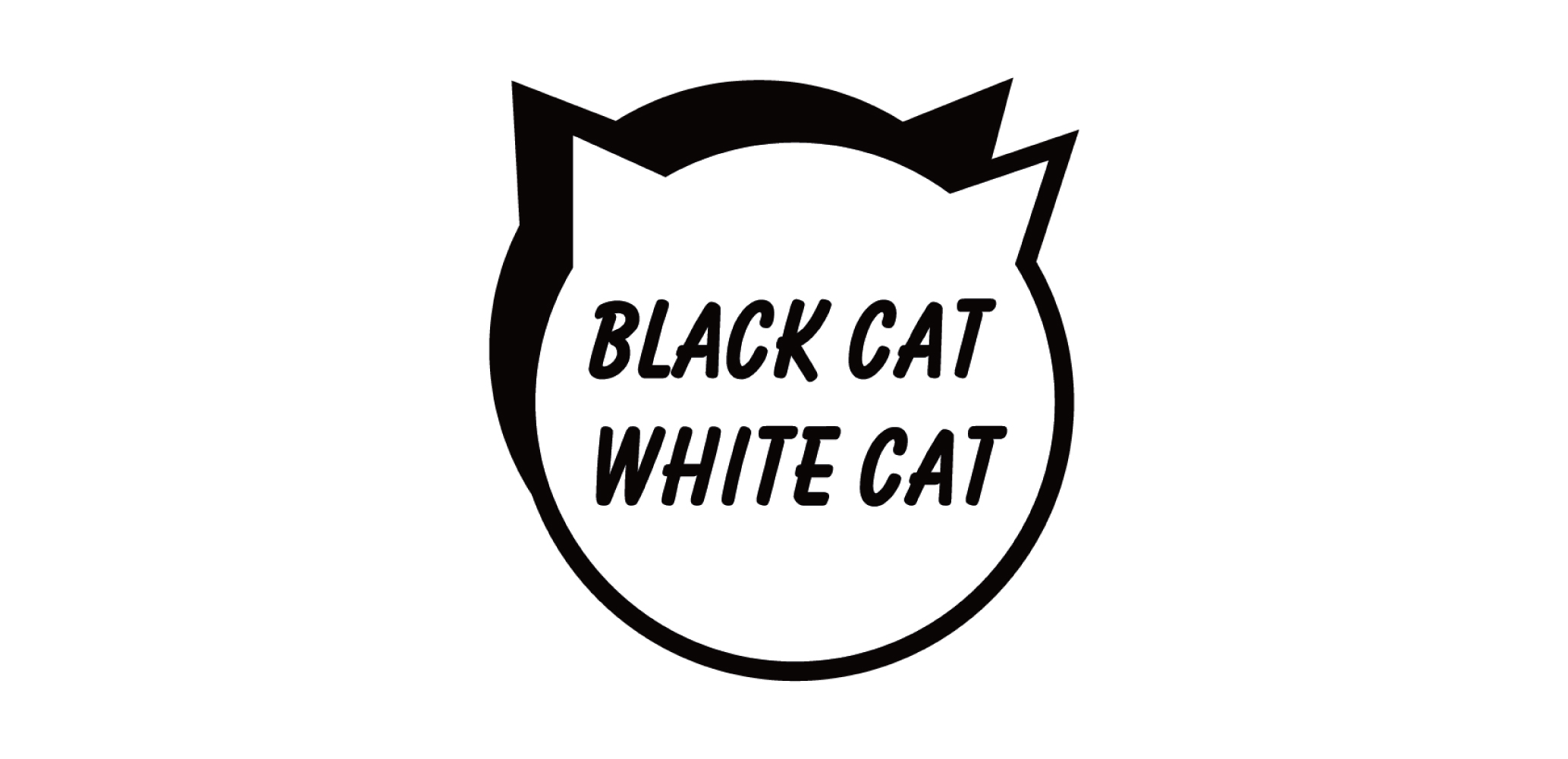
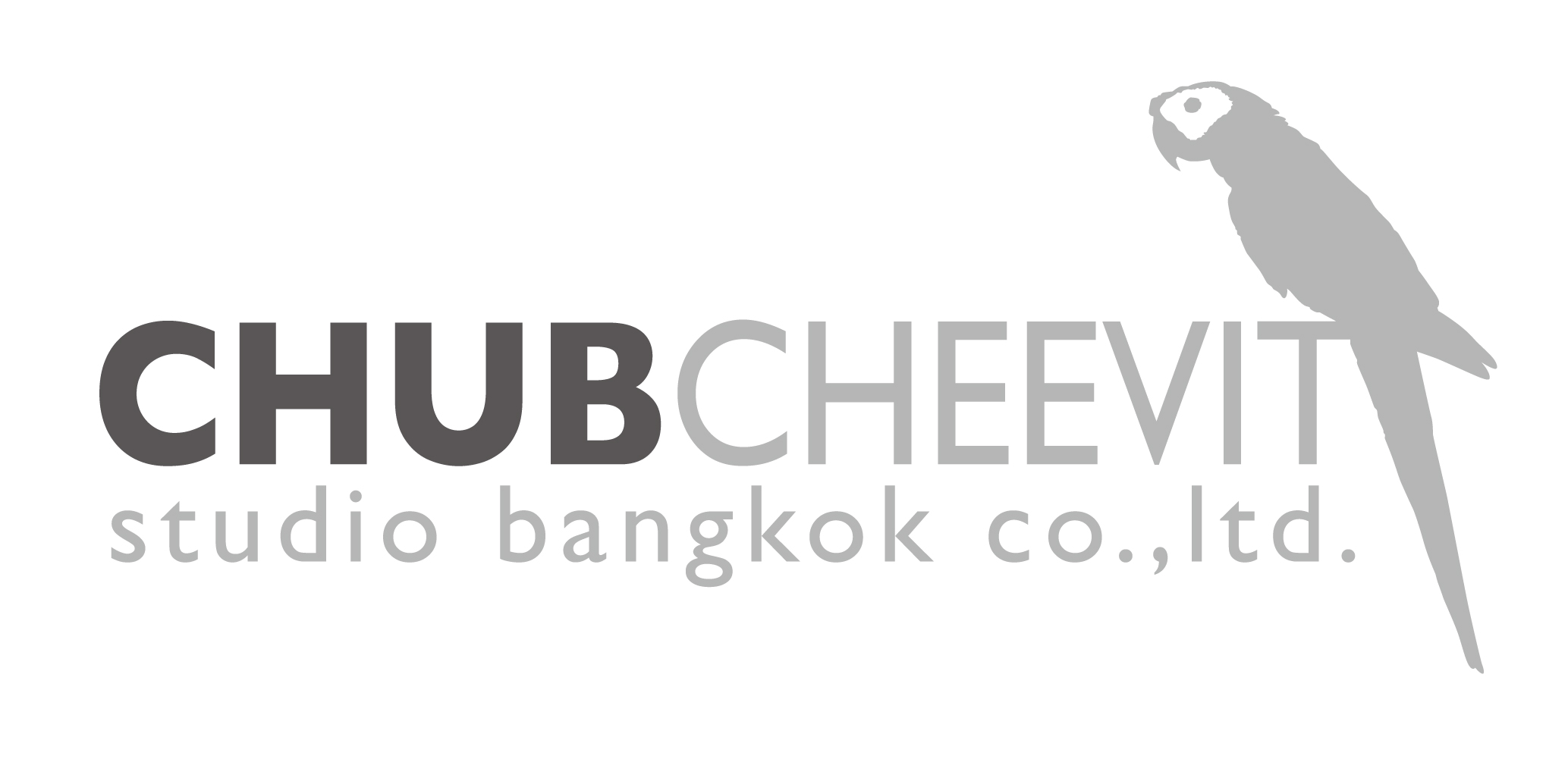

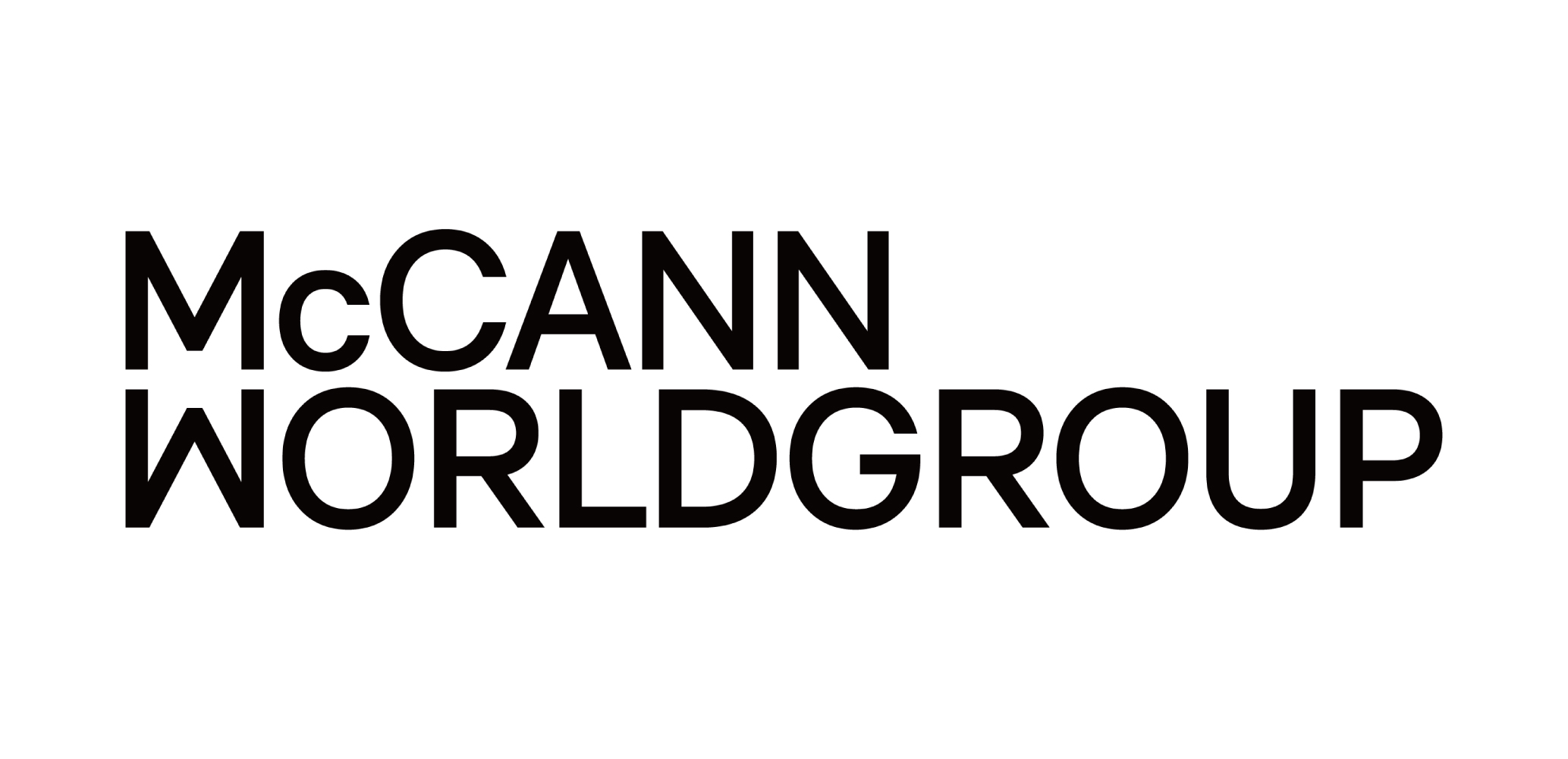
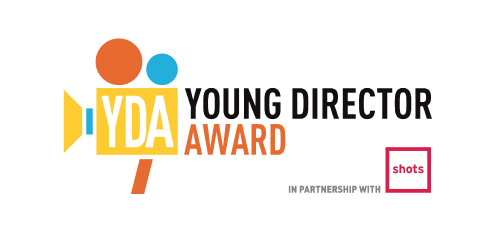
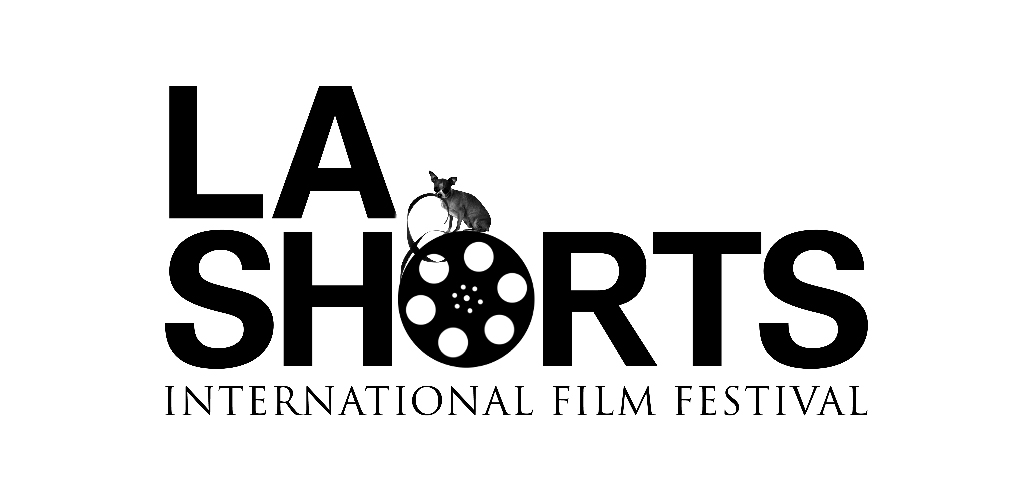
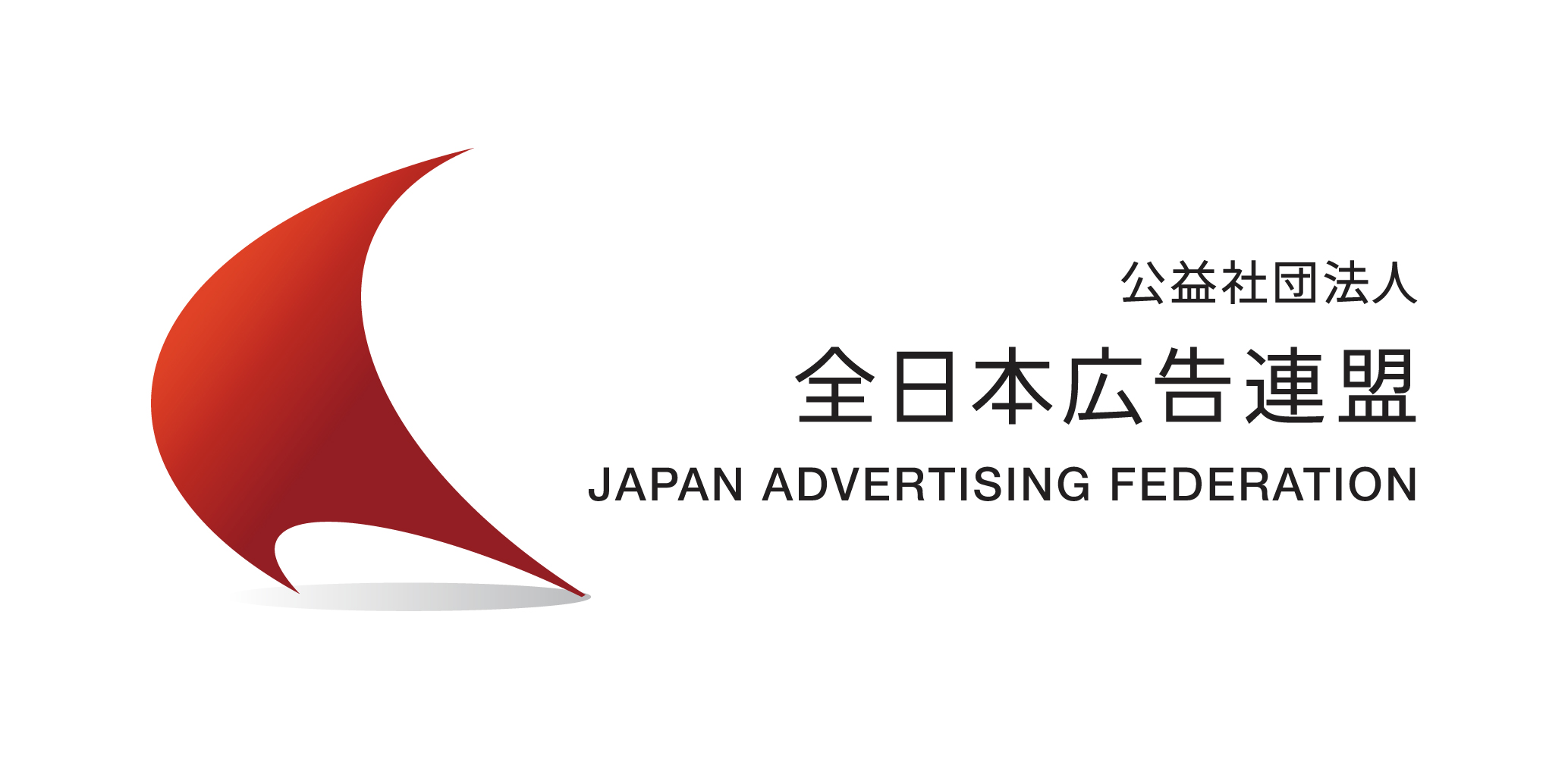
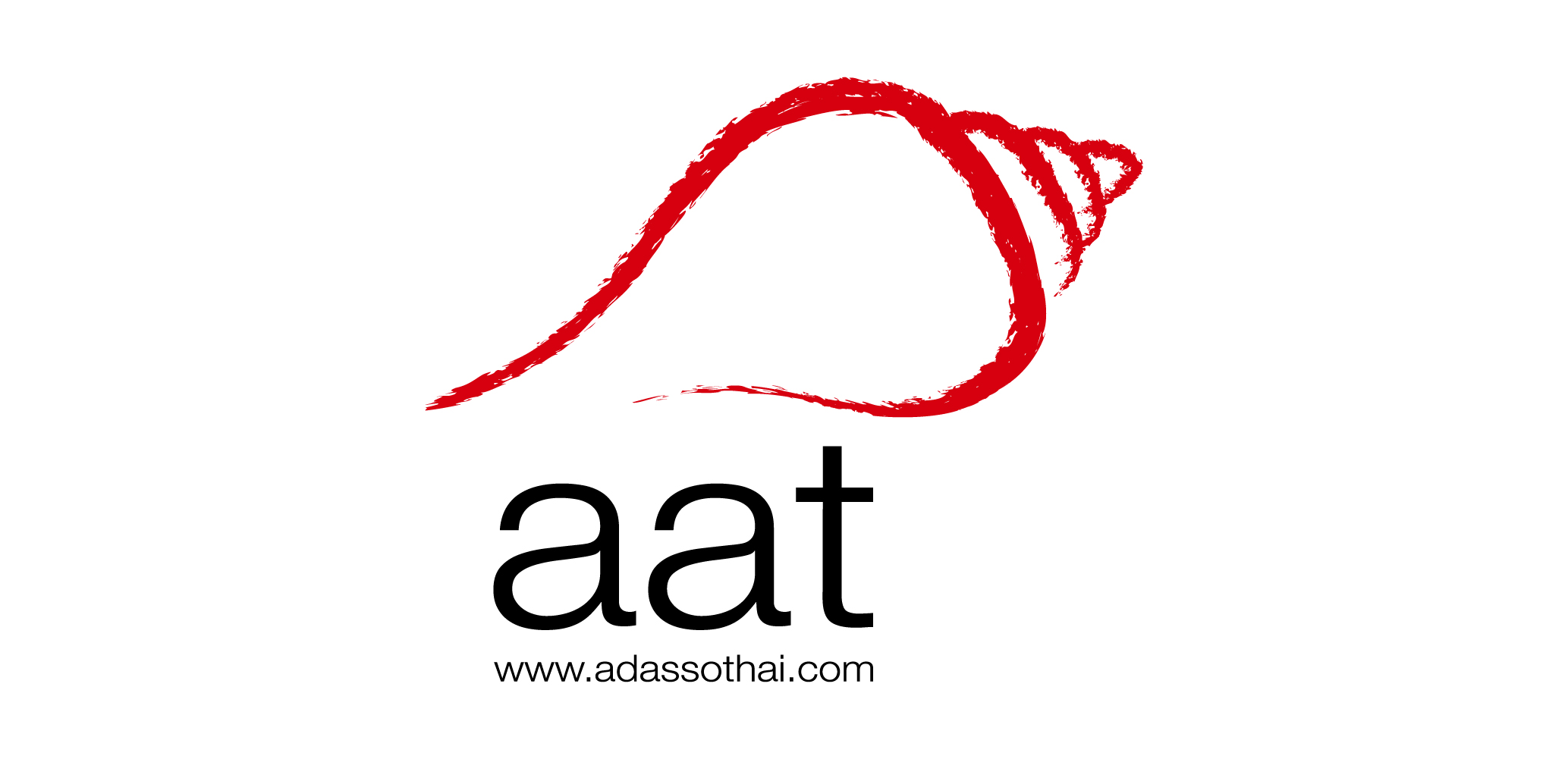
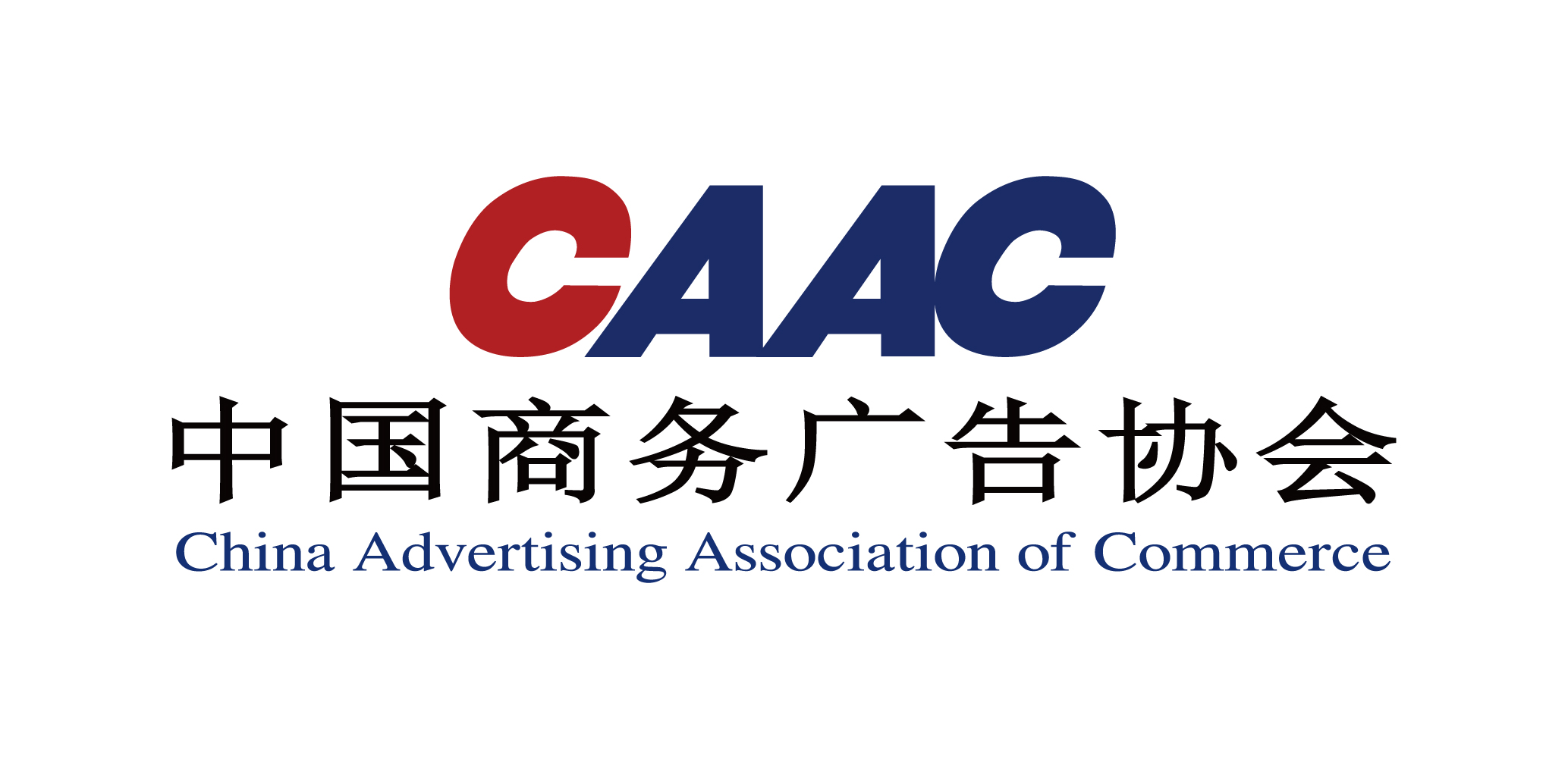
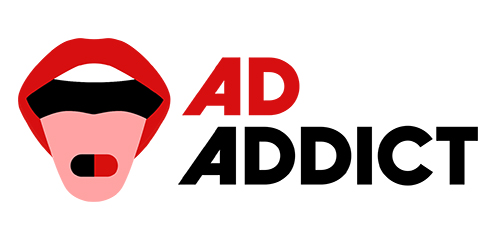
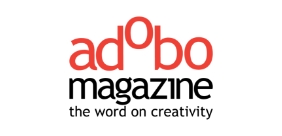

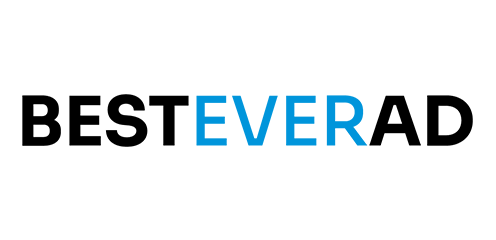

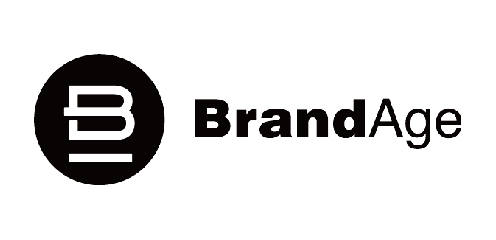


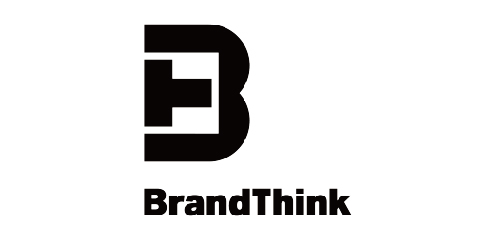
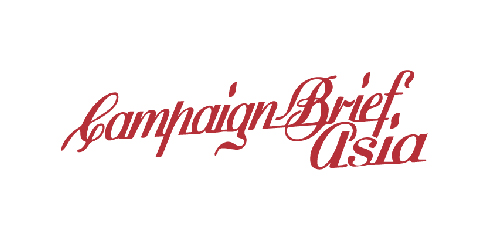
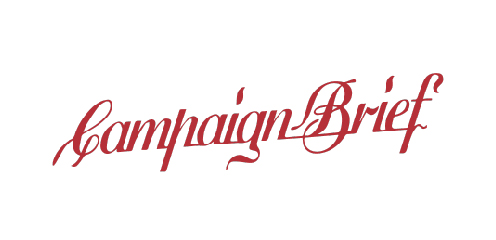

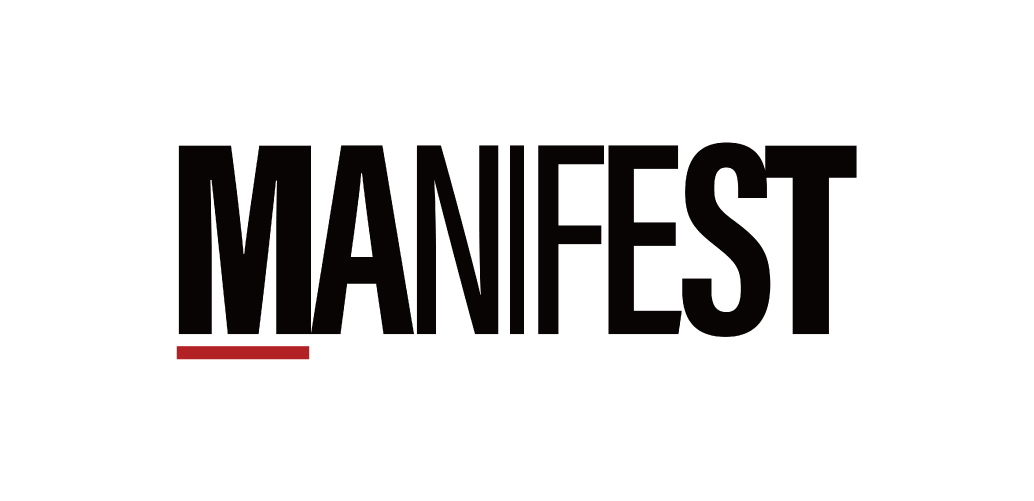
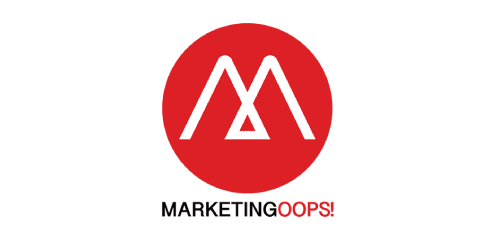
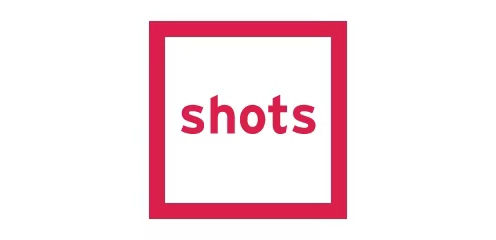



.png)
.png)
.png)
